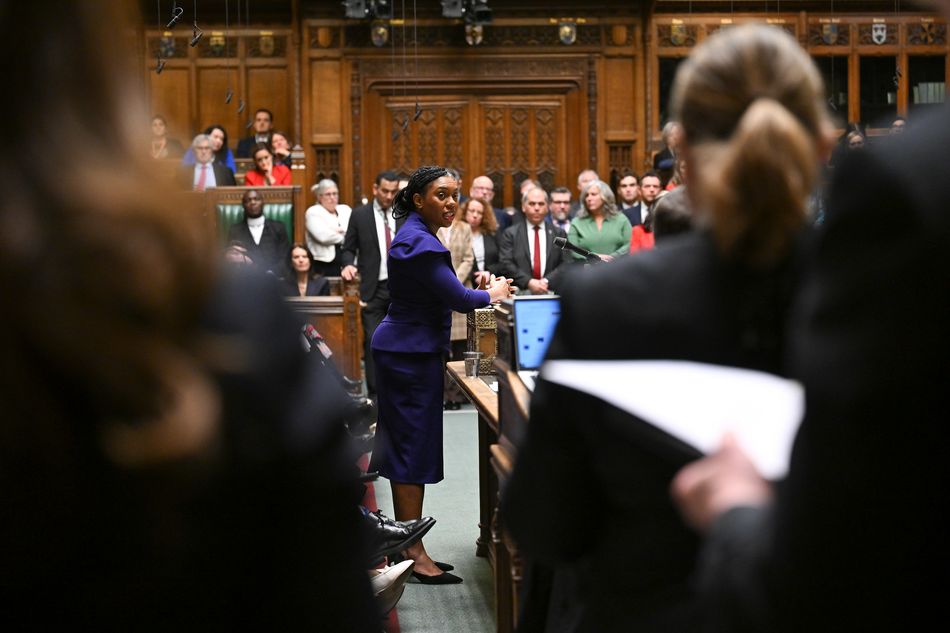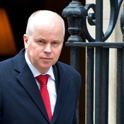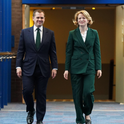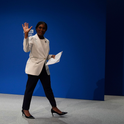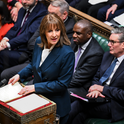Kemi Badenoch’s Tory frontbench reshuffle will probably be followed, at the end of summer, by a Keir Starmer ministerial reshuffle. I doubt either of them will make much difference to the popularity or effectiveness of either leader.
These are both in the British political tradition of reshuffles of choice, not necessity (no-one has died or become incapacitated). Such reshuffles are generally inconsequential—or even counterproductive—because the only postholders that really matter in a government or opposition are the top two or three. If these people don’t change in a reshuffle, then its impact on both Whitehall and the public is minimal. But if they do, and there is a big change of policy or direction as a result, then the main casualty is usually the leader, who looks weak and vacillating.
The two extreme cases are Liz Truss and Tony Blair. Truss replaced Kwasi Kwarteng, her chancellor and joint author of the infamous 2022 mini-budget, after just 38 days. A week later, she was forced to resign herself. Less extreme but in the same vein was Boris Johnson’s government, plagued by constant instability at the top (two foreign secretaries and three chancellors in under three years) which exhibited a fundamental failure of leadership and heralded his own demise.
In stark contrast, Blair stuck with the same chancellor, Gordon Brown, for his entire 10-year tenure as prime minister, having first appointed Brown shadow chancellor at the start of his party leadership three years before entering government. He also kept John Prescott in post as deputy leader and his “number three” for the entirety of his leadership. Both Brown and Prescott were strong and effective operators under a strong and effective leader; and during all the inevitable strains and rivalries of a decade in government their essential unity of purpose was a critical dimension of their success.
Thatcher, in her still longer leadership of 14 years, ruled through two overlapping triumvirates—in her case, from 1975 until 1983, with Geoffrey Howe (shadow chancellor then chancellor) plus deputy leader William Whitelaw; and then from 1983 with Howe as foreign secretary and Nigel Lawson as chancellor. When Lawson and Howe were sacked or resigned at the end of the decade, she was out soon afterwards.
In the case of Badenoch and Starmer, neither started with strong teams at the top. Starmer changed his shadow chancellor a year into his leadership. To make another change away from Rachel Reeves, after a turbulent year, might be fatal. And his relationship with deputy leader Angela Rayner, who looks as much rival as partner, also needs to be stabilised, not replaced.
Badenoch is in a worse position of having no effective partners at all. Robert Jenrick, the next most viable Tory leader, is obviously running for her job with no collective endeavour whatever. And a reshuffle to bring back another leadership rival who is clearly dismissive of her—James Cleverly—isn’t going to strengthen her position or her project.
Meanwhile there is Nigel Farage. Like Trump, Farage has become a sole trading populist celebrity who doesn’t do teams, only acolytes. An insurgent like none other in British democratic history, he seems immune to the past practice of parliamentary party politics. Unless and until he wins, that is.
